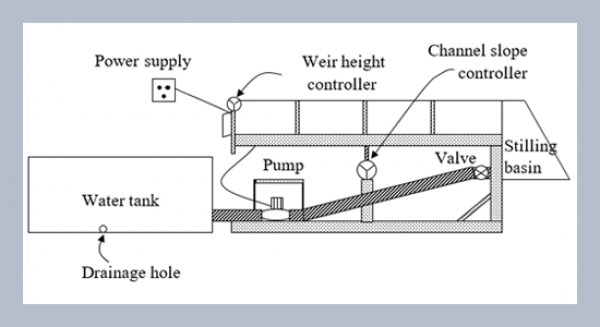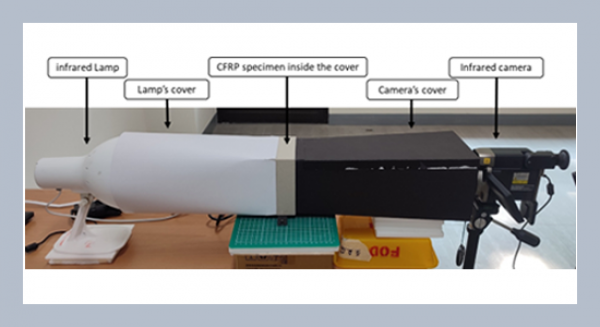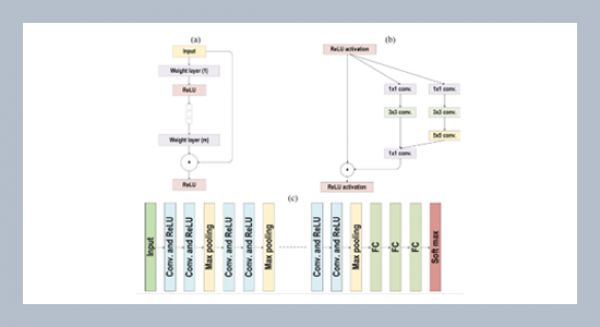Madamanchi Geethangili, Yerra Koteswara Rao, and Yew-Min Tzeng* Department of Applied Chemistry, Chaoyang University of Technology, Taichung, Taiwan
Download Citation:
|
Download PDF
Mushrooms are a food with high nutritional value. Antrodia camphorata (AC), is a medicinal mushroom being widely used as food dietary supplement for cancer prevention. The sesquiterpene lactone, antrocin reported as a novel dual Akt and mTOR inhibitor in metastatic breast cancer cells and, is the most potent among more than one hundred secondary metabolites isolated from AC. For the first time, this study developed and validated a simple high-performance liquid chromatography coupled with diode-array detector (HPLC-DAD) method for determination of antrocin in AC extracts. Separation of antrocin was achieved within 8 min on a J’sphere ODS-M80 C18 column using the gradient mobile phase acetonitrile and water containing 0.1% formic acid with a flow rate of 1.0 mL/min and DAD detection at 205 nm. The method produced linear response in the concentration range of 100-1600 μg/mL with a detection limit of 64.3μg/mL and a quantification limit of 194.8 µg/mL. The method was validated in terms of intra- and inter-day precision (within 6.3% and 8.9%, respectively). At the fortified levels of 200, 400, 600 and 800 µg/mL, the mean recoveries of antrocin ranged from 98.4% to 101.2%. The developed method successfully was applied for the determination of antrocin in AC preparations.ABSTRACT
Keywords:
Antrocin; Antrodia camphorata extract; HPLC-DAD; method development.
Share this article with your colleagues
[1] Yue, P. Y., Wong, Y. Y., Chan, T. Y., Law, C. K., Tsoi, Y. K., and Leung, K. S. 2012. Review of biological and pharmacological activities of the endemic Taiwanese bitter medicinal mushroom, Antrodia camphorata (M. Zang et C. H. Su) Sh. H. Wu et al. (Higher Basidiomycetes). International Journal of Medicinal Mushrooms, 14: 241-256.REFERENCES
[2] Chang, S. T. and Wasser, S. P. 2012. The role of culinary-medicinal mushrooms on human welfare with a pyramid model for human health. International Journal of Medicinal Mushrooms, 14: 95-134.
[3] Geethangili, M. and Tzeng, Y. M. 2011. Review of pharmacological effects of Antrodia camphorata and its bioactive compounds. Evidence-Based Complementary and Alternative Medicine, ID: 212641, 17 pages.
[4] Rao, Y. K., Wu, A. T., Geethangili, M., Huang, M. T., Chao, W. J., Wu, C. H., Deng, W. P., Yeh, C. T., and Tzeng Y. M. 2011. Identification of antrocin from Antrodia camphorata as a selective and novel class of small molecule inhibitor of Akt/mTOR signaling in metastatic breast cancer MDA-MB-231 cells. Chemical Research in Toxicology, 24: 238-245.
[5] Wasser, S. P. 2011. Current findings, future trends, and unsolved problems in studies of medicinal mushrooms. Applied Microbiology and Biotechnology, 89: 1323-1332.
[6] Lo, H. C. and Wasser, S. P. 2011. Medicinal mushrooms for glycemic control in diabetes mellitus: history, current status, future perspectives, and unsolved problems (review). International Journal of Medicinal Mushrooms, 13: 401-426.
[7] Fang, S. H., Rao, Y. K., and Tzeng, Y. M. 2004. Quantitative determination, cytotoxic and inhibitory effects of trans-cinnamaldehyde from Cinnamomum osmophloeum on human cancer cell lines but not peripheral blood mononuclear cells. International Journal of Applied Science and Engineering, 2: 136-147.
[8] Rao, Y. K., Lin, H. Y., Wu, W. S., and Tzeng, Y. M. 2008. Evaluation of HPLC and MEKC methods for the analysis of lipopeptide antibiotic iturin A produced by Bacillus amyloliquefaciens. International Journal of Applied Science and Engineering, 6: 85-96.
[9] ICH. 2005. Validation of Analytical Procedures: Text and Methodology. ICH Guidelines, Q2 (R1), International Conference on Harmonisation: Geneva (www.emea.europa.eu/pdfs/human/ich/038195en.pdf).
ARTICLE INFORMATION
Received:
2012-11-13
Accepted:
2013-02-25
Available Online:
2013-06-01
Geethangili, M., Kotesw, Y. 2013. Development and validation of a HPLC-DAD separation method for determination of bioactive antrocin in medicinal mushroom antrodia camphorata. International Journal of Applied Science and Engineering, 11, 195–201. https://doi.org/10.6703/IJASE.2013.11(2).195
Cite this article:















